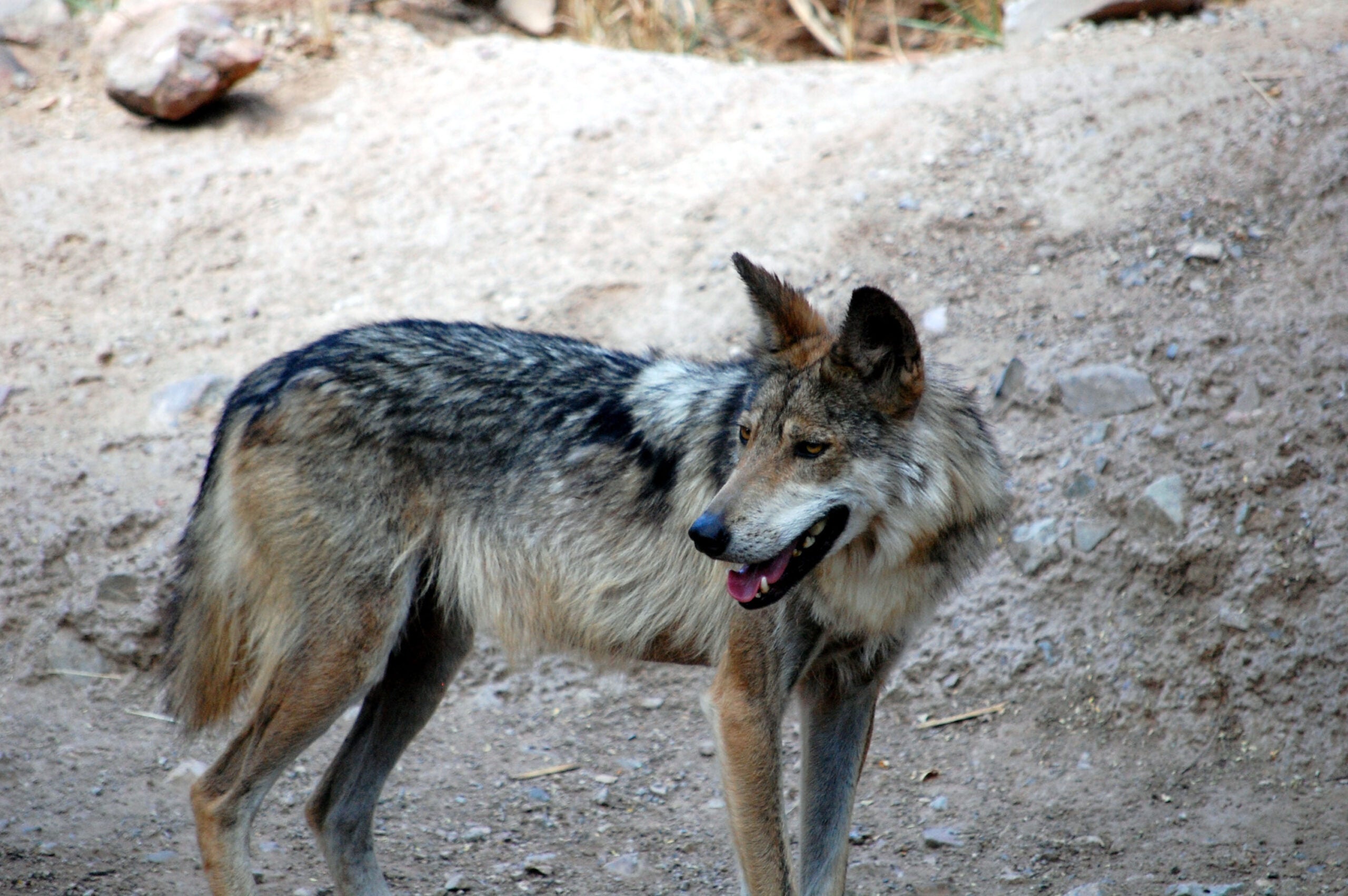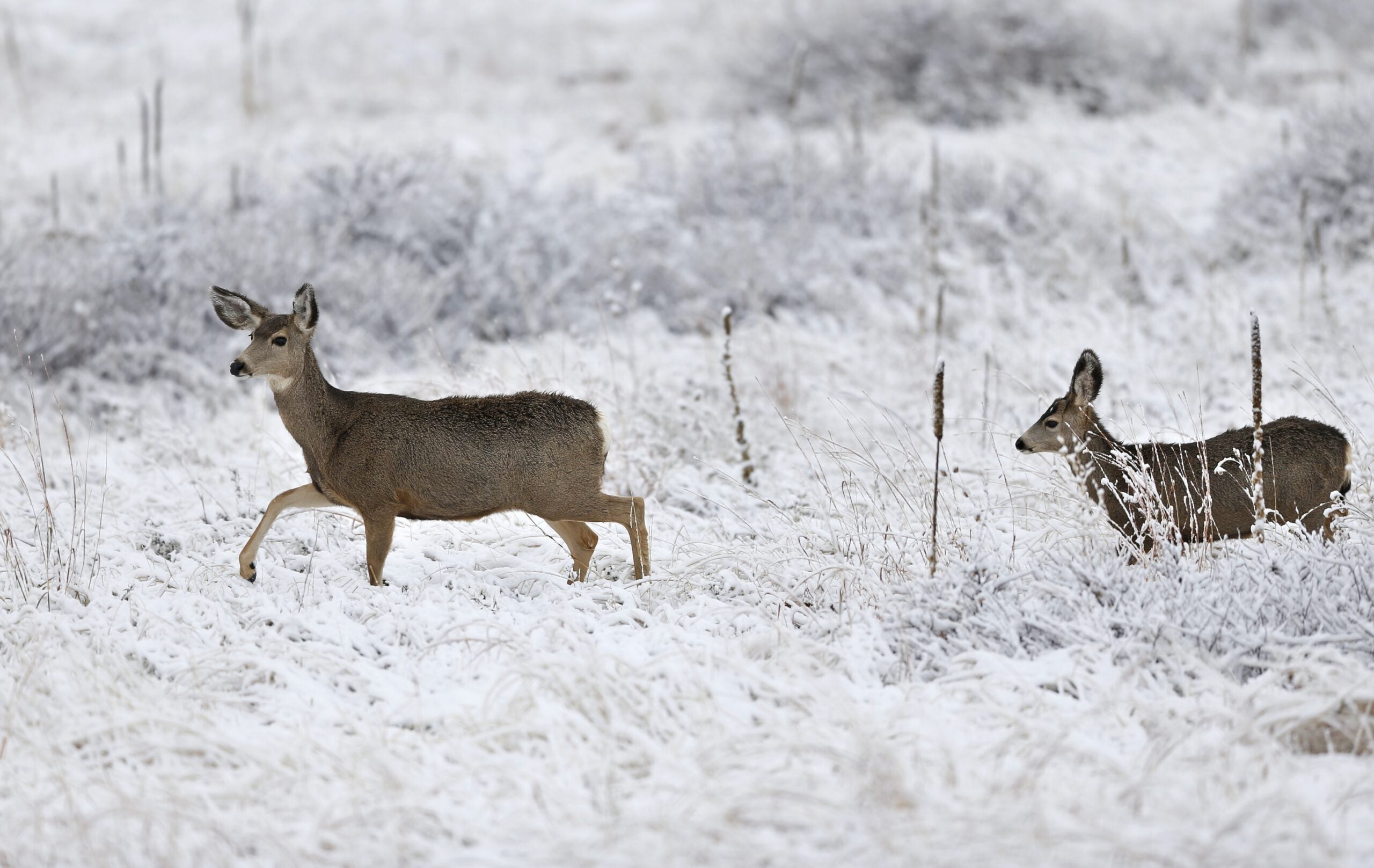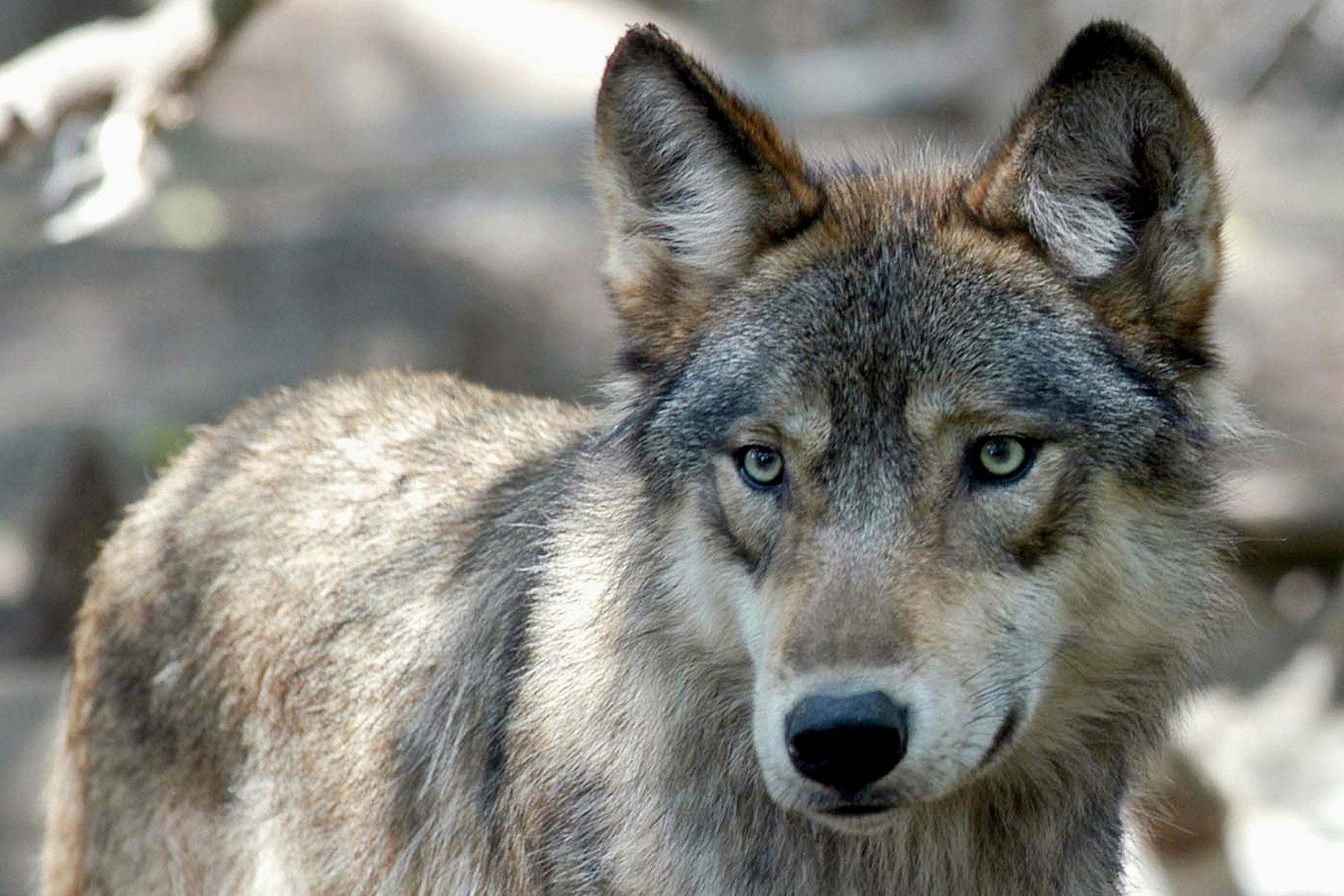Half of the wolf hunting zones have reached their quotas, and are now closed.That includes the most populated zones in far northern Wisconsin.
The southern zones are within two wolves of closing, just leaving zone three, from Burnett County on the Minnesota border to northern Taylor County, with eight more wolves to kill to meet its quota.
In all, the state quota is 116. Department of Natural Resources Wildlife Management Bureau Director Tom Hauge says that’s what’s considered what they call the “social carrying capacity,” people’s tolerance of wolves, “If you’re someone who’s had chronic depredation, you’re probably concerned about not having a population goal set too high so you always have that looming over you.And then similarly on the opposite side of the question, if you’re somebody who believes the wolf is your icon of eco-system health or wilderness, you’re wanting to have as many wolves as possible.”
Stay informed on the latest news
Sign up for WPR’s email newsletter.
Therein lies the challenge in this first modern-day wolf hunt. Great Lakes Indian Fish and Wildlife Commission Biologist Peter David hopes there will be more science in selecting that quota next year, “For some people, their personal carrying capacity or tolerance for wolves is zero. They’d like to see none of the animals in the state. And then there’s certainly other people in the state who feel that there’s not enough wolves here yet. So the state has selected a number that they consider to be a social tolerance. But I think that reflects some special interest groups they’re trying to accommodate.”
David says the tribes would like to see the wolves shot as farm predators included in the quota. Without that, he says there is a risk of reducing the pack size below a healthy number.
Hauge says the hunt has gone well, with fewer than expected violations.
Wisconsin Public Radio, © Copyright 2024, Board of Regents of the University of Wisconsin System and Wisconsin Educational Communications Board.




